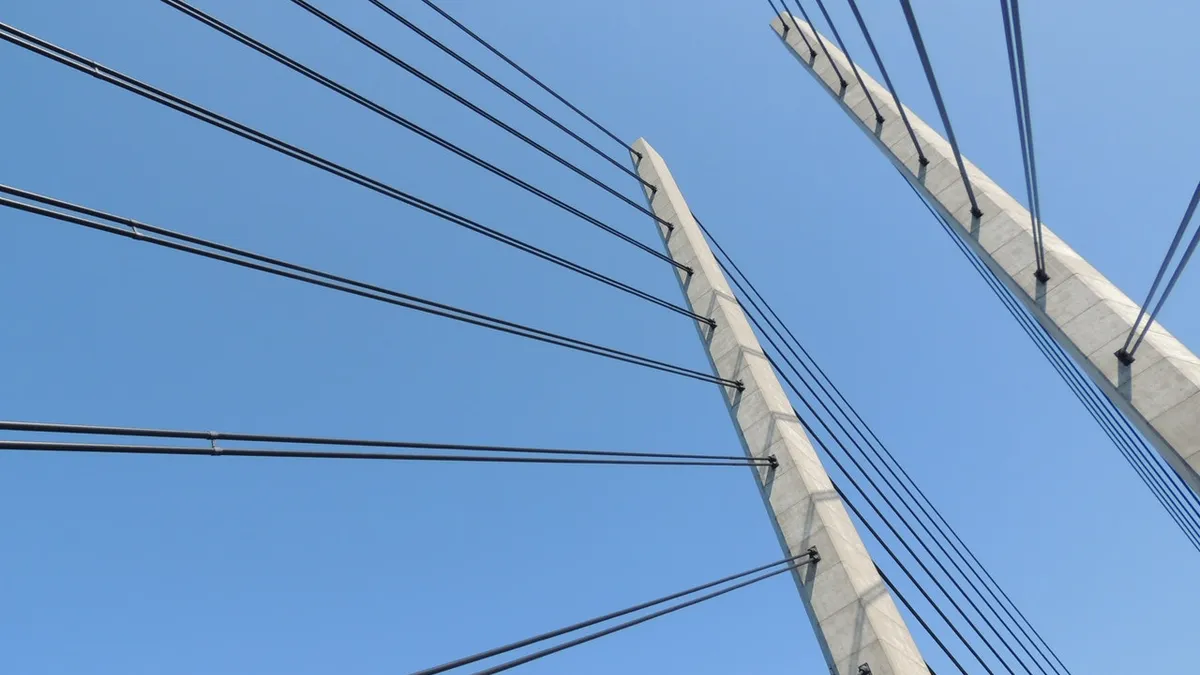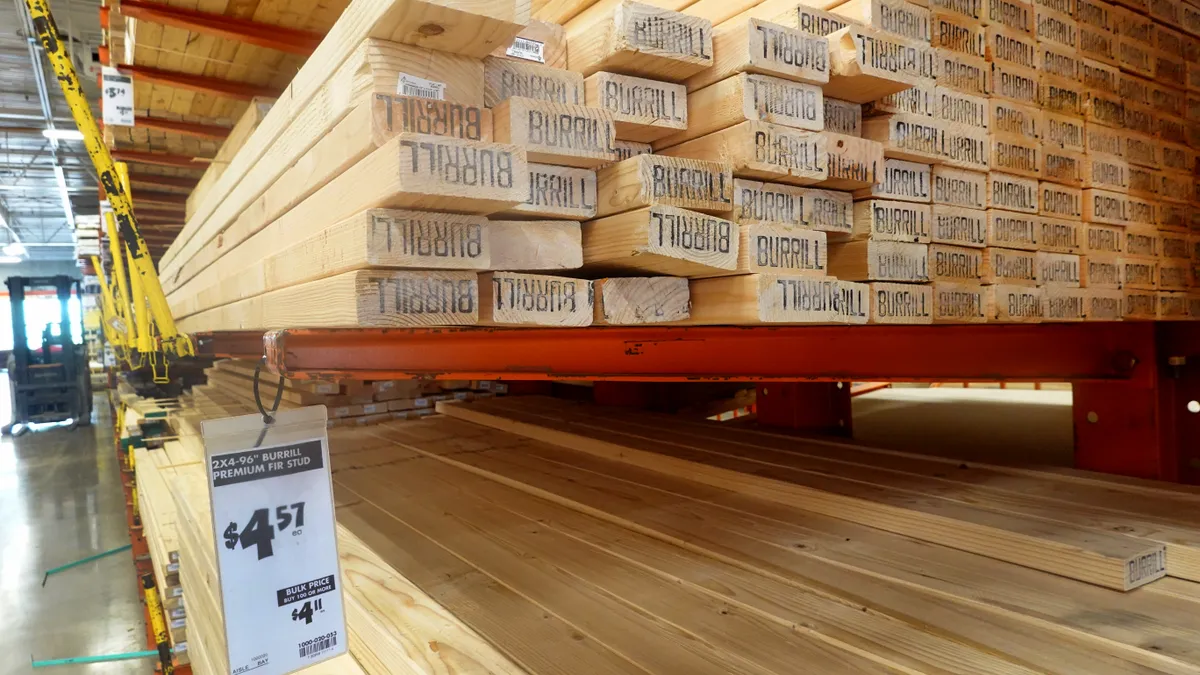Dive Brief:
-
Volunteers at the American Society of Civil Engineers' (ASCE) Structural Engineering Institute (SEI), according to Engineering News-Record, are reviewing the first case submitted under its new Confidential Reporting on Structural Safety-United States (CROSS-US) system.
-
The system, which was first developed in the United Kingdom, is designed to help engineers improve their standards of practice by learning from structural failures. Via the CROSS-US website, anyone can post reports of structural failures, near misses and other similar occurrences to be reviewed by subject-matter experts, who publish their analyses in the CROSS-US system. The public has free access to the reviews.
-
CROSS-US also tracks trends in structural engineering and will potentially notify organizations that have influence on building code development if there is a need for improvement in standard practices.
Dive Insight:
The U.S. review panel, according to ENR, won't be limited to just engineers. It will also include lawyers, code officials and others in the construction industry, presumably who cover all the potential issues that could arise from a reported incident.
However, in an urgent case, where safety is in question, SEI said CROSS-US does not have the power to intervene in relation to specific projects. The institution also said that those concerned about a potential risk to health, safety or the environment should first approach those involved directly with the project.
If those attempts fail, the next contact should be the local authorities or OSHA. In some circumstances, CROSS-US may be able to offer advice on what action the reporting person or entity should take to raise awareness of the concern.
While OSHA is not involved in structural design, its Office of Engineering Services (OES) helps the agency investigate the cause of certain accidents.
For example, last month, OSHA published a report on what it believes is the cause of the deadly March 2018 pedestrian bridge collapse at Florida International University in Miami, where six people were killed and eight others injured. The OES found that cracks, which were observed by the project engineer from FIGG Bridge Group and contractors, contributed to the collapse and that the cracks were a result of the bridge's design.
OSHA took FIGG, general contractor Magnum Construction Management (formerly known as Munilla Construction Management) and other contractors to task for:
- Not recognizing how serious the cracks were.
- Failing to shut down the flow of traffic underneath the bridge.
- Not stopping work while the bridge structure was shored up and secured.









